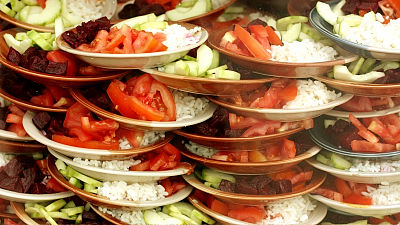What are the unknown problems with rice, which is loved all over the world?

Rice, which is essential to the Japanese diet, is eaten not only in Asia but also in Europe, Africa, and other parts of the world. TED-Ed, an educational YouTube channel, used an animation to explain the history of rice becoming popular around the world and the environmental impact that rice cultivation has on the earth.
Legendary American comedian Mitch Hedberg once said, ``If you're hungry and want to eat 2,000 pieces of something, rice is the best choice.''
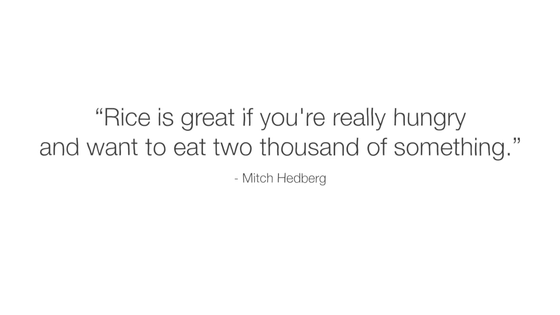
Just how much rice is loved around the world, if you compare the amount of rice consumed every year with the world's population, rice wins by a landslide.

Rice accounts for 20% of humanity's annual calorie consumption and is the mainstay of dishes as diverse as Korean bibimbap, Nigerian
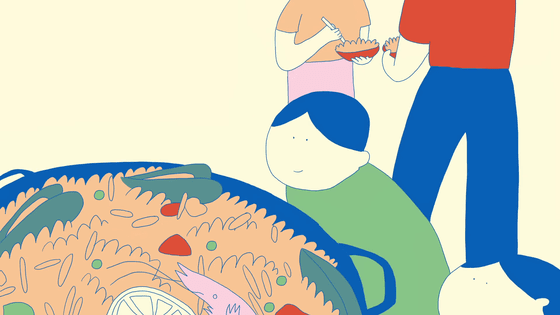
The origins of rice cultivation date back thousands of years, when early farmers in Asia, Africa, and South America
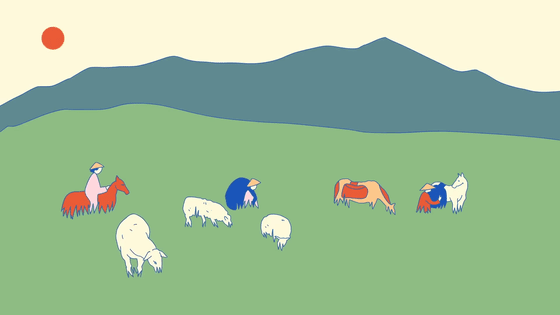
It first appeared in Asian rice, which many plant geneticists believe originated in what is now China.
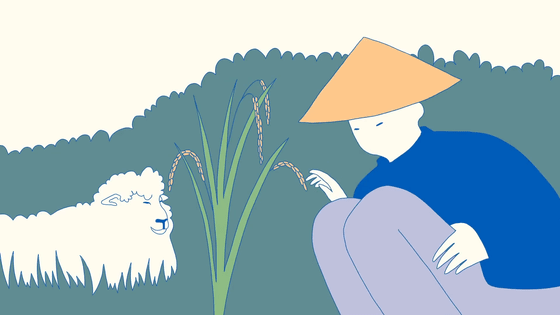
More than 10,000 years ago, nomads living in what is now China began collecting and eating the seeds of the original rice variety, and about 9,000 years ago they began to plant the seeds and settle in rural areas. Each time rice was harvested, rice farmers selected and planted the rice seeds that they liked best, such as those with large, rich grains and those with good fragrance.
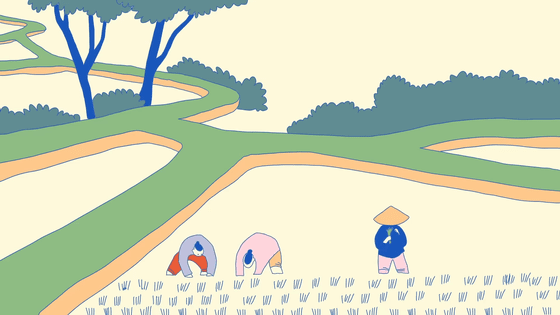
Through repeated breeding, a wide variety of Asian rice varieties were created over thousands of years.

3000 years ago, rice was cultivated as a crop in Africa. In modern times, rice cultivation is limited to West Africa.
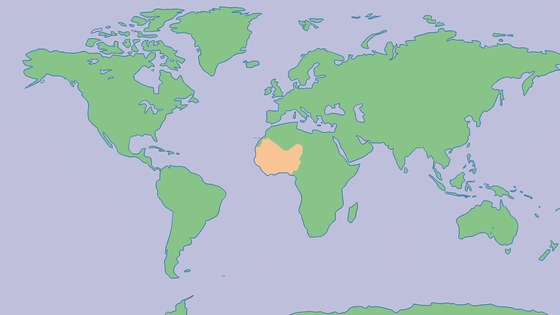
Rice was cultivated as a crop in South America 4,000 years ago, but it disappeared with the invasion of Europeans.

As a result, rice has become widespread and is the backbone of the diet and culture not only in Asia but also around the world. For example, Hindus in India and Nepal celebrate weaning with a ceremony called ``Annaprashan,'' where an infant tastes rice for the first time.
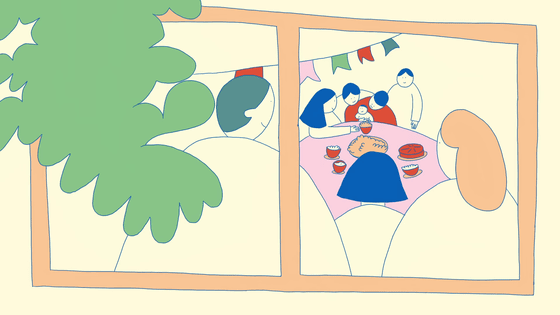
As most Japanese people know, rice is so central to the Japanese diet that the word ``gohan'' can mean both ``cooked rice'' and ``meal.''
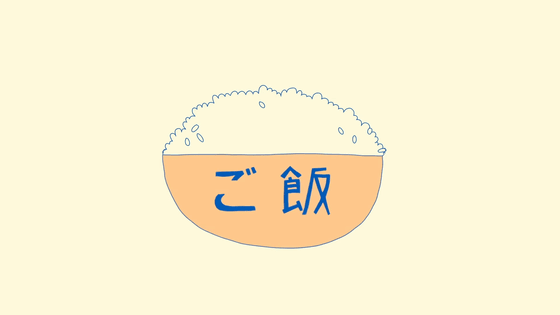
The reason why rice has become so popular is because it is a plant that grows in a wide range of climates, from tropical to temperate regions.
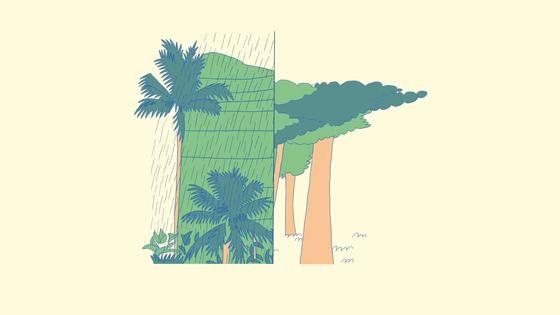
Furthermore, while the root cells of ordinary plants cannot breathe without oxygen in the soil, the roots of rice, which is a semi-aquatic plant, have air passages, so they can grow smoothly even in submerged soil. .

Rice producers have traditionally planted rice in rice paddies, taking advantage of the fact that many of the weeds that compete with rice cannot survive in water.

This allows rice to boast high yields, but paddy fields require large amounts of water. As a result, rice fields, which account for only 11% of the world's agricultural land, consume one-third of the world's irrigation water, that is, the water used for agriculture.
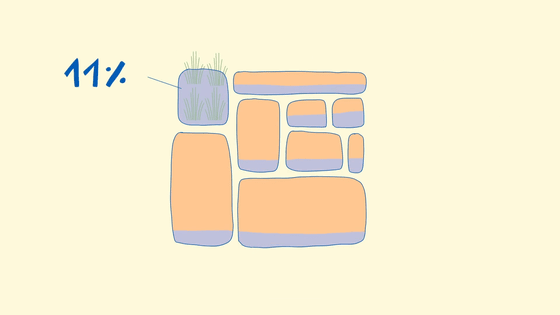
Moreover, rice fields produce methane, a greenhouse gas.

The cause is
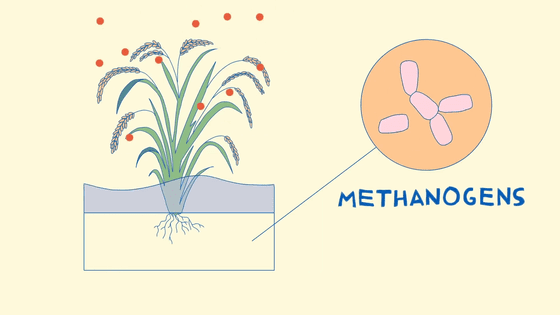
Methane has a greenhouse effect 25 times stronger than carbon dioxide, so livestock farming, which releases large amounts of methane through cow burping, is often seen as a problem, but methane gas is also generated from flooded rice fields.
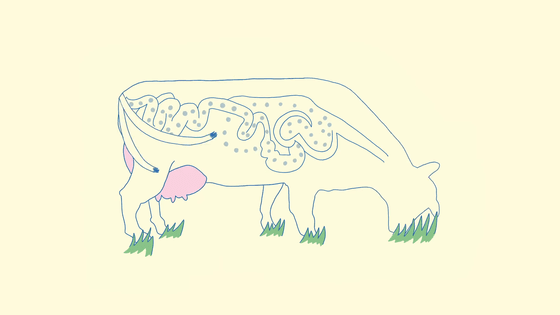
Rice cultivation is said to account for approximately 12% of anthropogenic methane emissions.
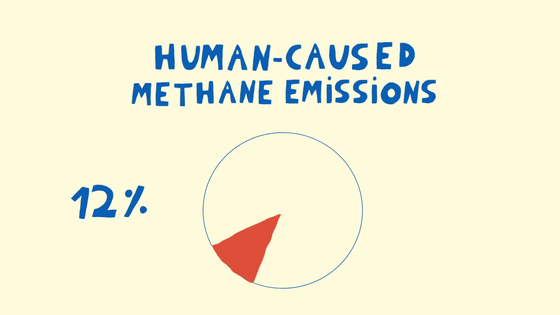
There's also good news. In fact, it has become clear that in order for rice to grow, there is no need to keep adding water.
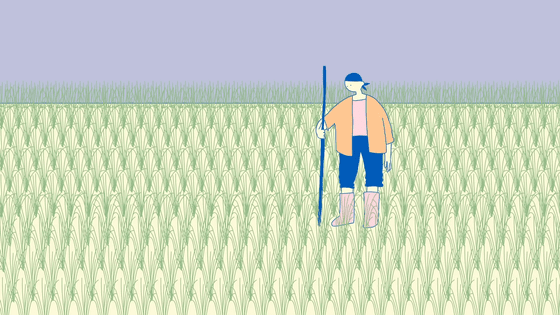
Researchers and growers continue to look for ways to reduce methane while maintaining yields, and one promising approach is alternating wet-dry irrigation. This involves periodically lowering the water level in rice fields to suppress the growth of methane-producing bacteria.
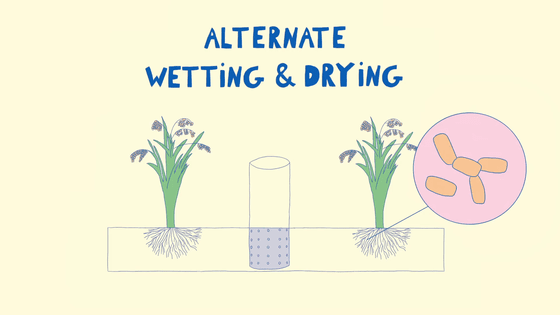
It is said that this farming method can reduce water usage by 30% and methane emissions by 30-70%.

Greenhouse gases, such as automobile exhaust gas, are generated from a variety of human activities. So while making rice cultivation sustainable is just one issue that must be addressed to avoid catastrophic global warming, that doesn't mean it should be taken lightly.
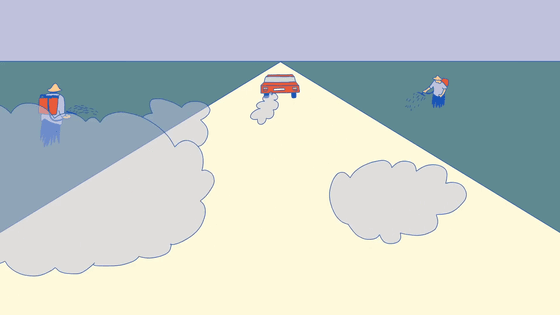
At the end of the video, he says, ``Many rice farmers still leave water in their fields throughout the season. Changing this thousands of years old practice requires a major shift in thinking, but it is important to protect the global environment. We need to go against conventional wisdom to enrich our diets while staying healthy.'

Related Posts:







